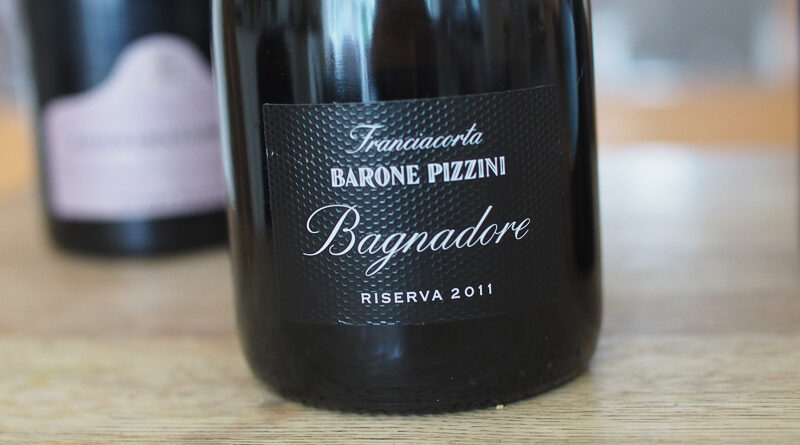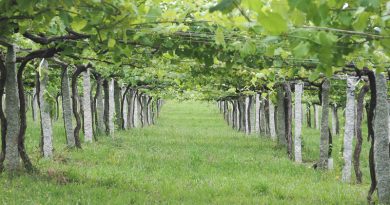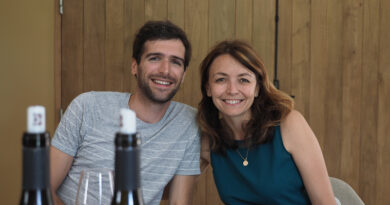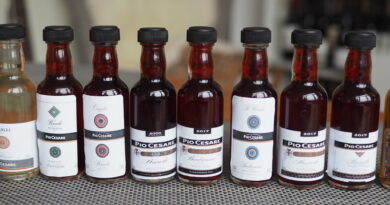A quick Franciacorta study
Franciacorta is Italy’s premier region for sparkling wines. It’s an old region that reinvented itself around bubbles in the 1960s. The DOC was formed in 1967 with 11 producers. Now there are 115 (there were 45 when the region got its DOCG in 1995).
The region itself is small and hilly, formed by glaciation, and with Lake Iseo as the northern boundary. The soil here changes every few hundred metres, with 60 different profiles, as a result of the glacial activity
The modern era for Franciacorta began when monks from Cluny settled here and began planting vineyards. With them they brought Chardonnay and Pinot Blanc. And here’s another interesting fact: apparently the first book ever about sparkling wine comes from Franciacorta, when in 1570 a physician wrote about the effects of carbon dioxide on digestion. But until the change in direction 50 years ago, the sparkling wine in the region was mostly made for home consumption, and wasn’t marketed.
Franciacorta must be traditional method only, and there are rules around yields and ageing times that are as strict as any in the sparkling wine world. The region has just under 3000 ha of vines, with 60% of this farmed organically, which is likely the highest of any significant wine region worldwide. The breakdown of the vineyard is roughly 80% Chardonnay, 15% Pinot Noir, 5% Pinot Blanc, but there’s also a new variety that has recently been authorised called Erbamat. Erbamat has been in the region for a long time, and is a late-ripening white variety that could be a tool to offset climate change. In the past, this variety was rejected for its high acidity, but this could now be an asset. It is allowed up to a maximum of 10% in a blend, and efforts are underway to study it, and see how wines made from it develop in the cellar.
The main market for Franciacorta is Italy. Just 15% is exported, with Japan, Switzerland the USA and Germany the main markets.
I tried three wines:
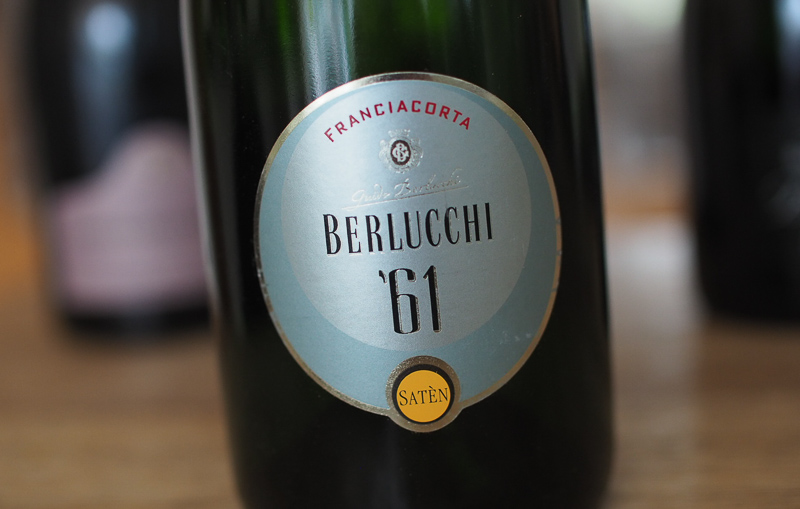
Berlucchi Satèn ’61 NV Franciacorta, Italy
12.5% alcohol. This was the first producer of Franciacorta, and they made their first wine in 1961, six years before the DOC was established. Satèn has to be Blanc de Blancs and Brut, and normally it’s made from Chardonnay. This is really pure and fruity, with a touch of sweetness, supporting the appealing pear and melon fruit. Has generosity and depth. Really rounded, sweetly fruited and very likeable. 88/100
Barone Pizzini Bagnadore Riserva 2011 Franciacorta, Italy
12% alcohol. 60% Chardonnay, 40% Pinot Noir, organically farmed single vineyard, zero dosage, disgorged April 2019. This quite fresh with concentrated flavours of pear, citrus and melon fruit. There’s a nice weight to the palate with intense fruitiness and a hint of pithiness. Bold stuff with nice weight, and a dry finish, but with some fruit sweetness. There’s a subtle toastiness, too, with some savoury character. 90/100
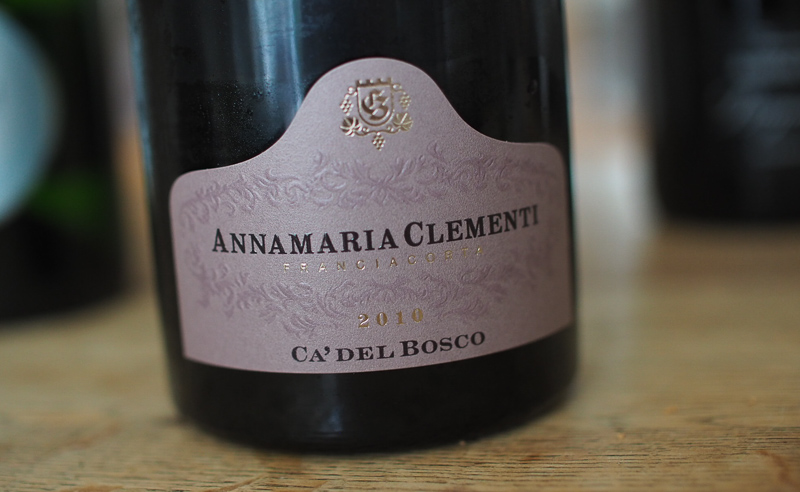
Ca’ del Bosco Annamaria Clementi Rosé Riserva 2010 Franciacorta, Italy
13% alcohol. Extra Brut, disgorged Autumn 2019. Pinot Noir. This is a pink/orange colour. This fruity and elegant with a touch of rosehip syrup and smooth, rich cherry and pear fruit. Lovely balance here with depth and freshness, and a lovely friendly personality, with a touch of seriousness, too. Very appealing and refined with lovely fruit. 92/100
Find these wines with wine-searcher.com

